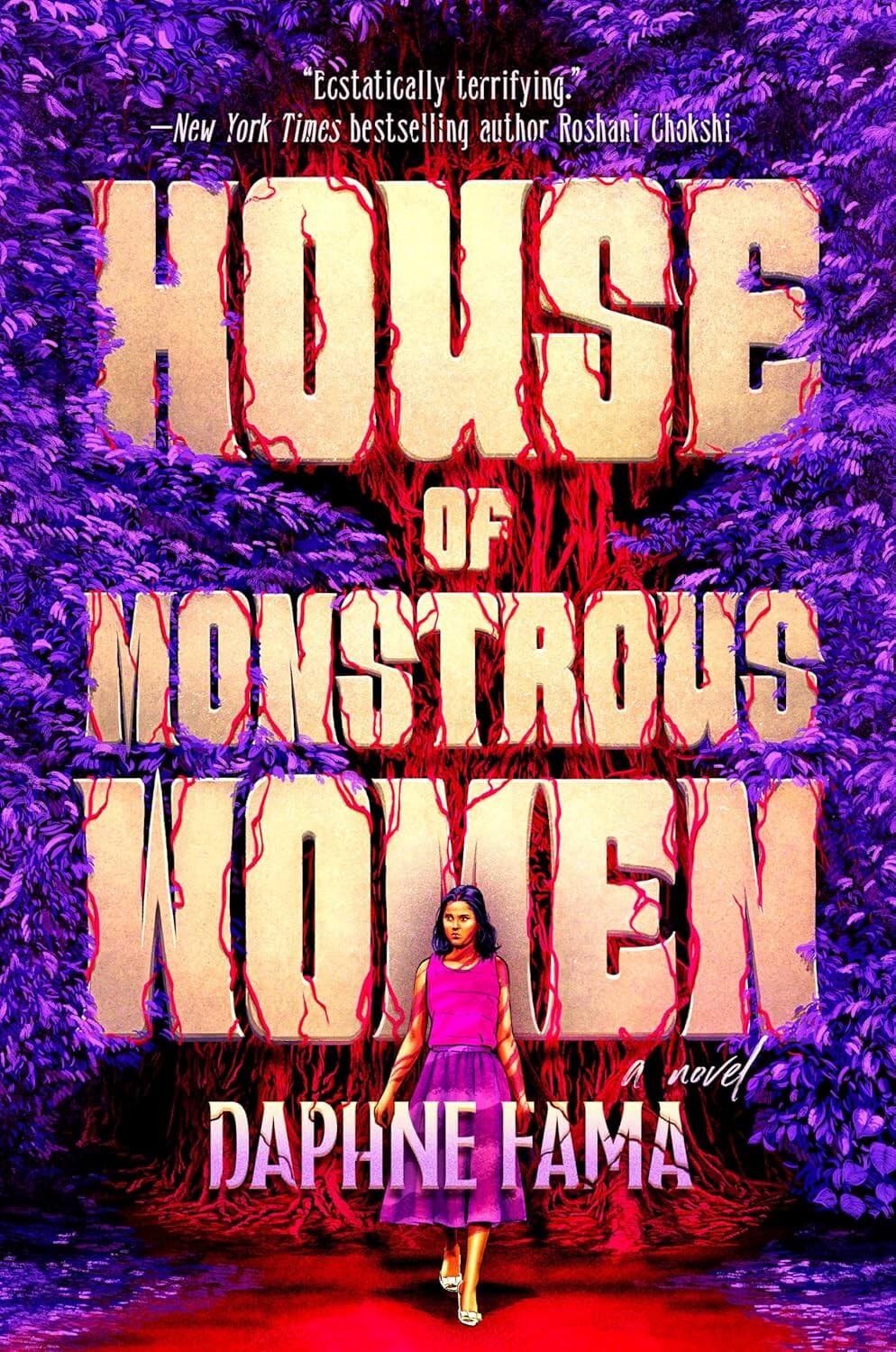Daphne Fama was born in the American South, embedded in its tight-knit Filipino community. When she’s not writing stories about monsters and the women who love them, she’s writing about video games. And when she’s not writing, she’s spending every minute adoring her partner and pup.
Fingers darkened with soot, tongues twisting over strange words, eyes cast into a world that most will never see. A witch can take many forms, though the word itself comes with both dark connotations and colonial baggage. There are just so many of them in Asia, their stories and practices almost lost to time.
The Spanish once decried the Filipino babalyan as witches. These were women who were once leaders of their communities, who could speak to spirits, divine the future, heal, and cast spells both beneficial and punishing. This was simply too much influence for a colonizing force desperate to turn the Philippines into a Catholic stronghold.
But there is a darker side to witchcraft in the Philippines, and perhaps the friars were right to be scared. Mangkukulam are the most feared practitioners of dark magic. Through the use of malevolent winds that take the shape of insects, unbaptized souls, poison, and poppets, they can torment and kill their victims. And while some say they act as justice, only hurting the guilty, there are certainly those who will do it for a price, even today. One mangkukulam I met offered to kill someone for me for $300 USD, though I had to politely decline his offer.
The Philippines is far from the only country where witches once reigned supreme. In China’s Zhou dynasty, the Wu had taken the floor. The Wu were shamans or witches who served as intermediaries between the world of the living and the dead. And to bridge this gap, they entered a trance through a combination of fasting, drumming, dancing, and chanting. While in this state, spirits could “ride” their bodies and use their mouths to offer prophecies and guidance from both deities and the dead. It was the rise of Confucianism that eventually cast these women to the wayside.
But before the Wu shaman, there were practitioners of Gu. Like some mangkukualm of the Philippines, Gu witches used insects to do harm. But the way they went about it was both unique and cruel. The practitioner would put several venomous animals, like snakes, spiders, and scorpions, into a sealed jar or pot. The creatures within would fight and eat each other until only one remained. It was believed that the sole surviving creature absorbed all the venom and spirits of those that perished within the jar. The witch would then feed it chicken blood or meat, keeping it hidden. Then, the creature would be released, either physically or spiritually, to attack the witch’s chosen target. The victim would shortly waste away, go mad, or die.
While it’s been a few centuries since the Zhou dynasty, folkloric witchcraft and the women who practice it are still alive and kicking in China. One of the easiest places to find them is under the Canal Road Flyover in Hong Kong. There, you can find grandmotherly women with effigies of people. For a price, they will curse your business rivals, cheating spouses, family members, or even politicians. Provide them with a name, photo, birth date, or even description and they’ll write the name of the victim on the effigy. They’ll then beat the effigy with an old shoe and may even stab or skewer it with scissors. This is meant to “step on” your target’s luck, mobility, and power. The effigy is then burned, sending the curse into the spirit world through its smoke. For the right amount of money, you might even convince some of these women to make the curses more aggressive, even lethal.
Turn south, and some practices of Wu shamans can be seen by the len đông in Vietnam. These mediums, primarily women, don the costumes of the spirit they intended to invoke. Then, through a combination of fasting, meditation, and music, the medium becomes possessed by the spirit or god. In this form, they can prophesize, guide, heal, and bless. But when the French landed in Vietnam, len đông mediums were labeled as charlatans and witches, and swiftly fell from grace.
But after decades of suppression, the len đông has made a comeback. These days, it’s possible to witness these rituals in temples, parks, and cultural centers, though it’s considered more cultural heritage than witchcraft. That’s not to say that malicious things never happen, however.
It’s not unheard of for a client to ask a medium to punish a rival or enemy. The method used even has similarities to those that take place in Hong Kong, though the len đông ritual is far more elaborate. First, the client must give the medium the rival’s name, birth date, or personal item. Then, a deity must be chosen. A mountain goddess can cause physical illness; a water goddess may wash away a person’s luck or wealth. Once the deity is chosen, the medium dons her costume and enters her trance. While possessed by the god, the medium might strike the effigy of the victim with a sword, cut a red cord tied to the effigy’s waist, or sprinkle it with rice wine, vinegar, or salt water. The effigy might even be crushed. No matter what is done to it, it’s eventually burned or floated down a river.
But the len đông are not the only ones who can send spirits to do harm. In the deep jungles of Malaysia and Sumatra, pawang served a vital function to their communities. The role is a multi-faceted one, with some specializing in weather, wild animals, and spirits. Some pawang could even control tigers, both real and spiritual. With these abilities, they could protect hunters and villages from tiger attacks… or send a tiger upon an enemy.
And just like in the Philippines and China, there are those in the region who perform harmful witchcraft. Dukun, shamans or witch doctors, who specialize in dark magic called santet, can send out spirits, cursed objects, and illnesses. They might shards of glass in someone’s stomach or send a spirit to curse an enemy. This isn’t so different from the Philippine mangkukulam. Not surprisingly, since the two countries are neighbors. As recently as May 2025, a person accused of using hex magic, a variant of santet was murdered by four people. They believed the practitioner, who primarily healed the sick, had killed their cousin. The belief in santet is so strong that even using it carries a punishment of one and a half years in prison.
It’s hard to find a single country or culture where witchcraft has not rooted itself. And though time passes and many of the practices are forgotten, we can still find threads of it in the world around us.

House of Monstrous Women by Daphne Fama
Recently orphaned due to a political tragedy, Josephine is taking care of the family home while her brother is away. So when her childhood friend Hiraya offers an escape from the empty house to play games, Josephine agrees. But there are dark rumors about Hiraya’s family and their strange house, and as the game progresses, Josephine realizes that those rumors might not be hearsay after all. Winning the game is the only way to survive, but victory is impossible without bloodshed…
Buy the book now: Bookshop.org | Amazon | Barnes & Noble














Leave A Comment